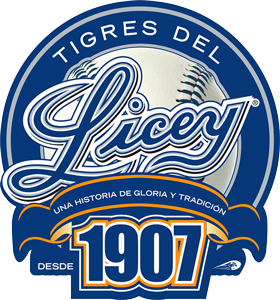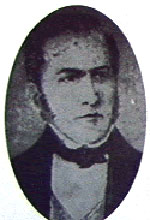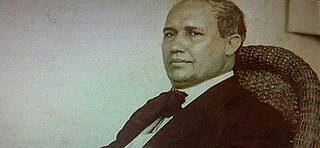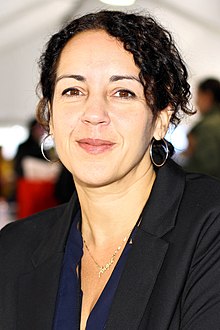
Tigres del Licey is a professional baseball team in the Dominican Professional Baseball League (LIDOM). The team was founded in 1907 and is based in Santo Domingo, Dominican Republic. It is one of two LIDOM franchises based in the nation's capital, the other being Leones del Escogido; the two teams share Estadio Quisqueya as their home ballpark.

The Ozama Fortress, also formerly known as the city wall's Homage tower. It is one of the surviving sections of the Walls of Santo Domingo, which is recognized by UNESCO as being the oldest military construction of European origin in the Americas. It was built between 1502-1508 by the Spanish at the entrance to Santo Domingo's Ciudad Colonial, Dominican Republic, and overlooking the Ozama River. Named after this river, the castle, also referred to as "La Fortaleza" or "The Fortress". It was declared by UNESCO as a World Heritage Site, together with the other historical monuments of the Ciudad Colonial.

Francisco Hilario Henríquez y Carvajal was a medical doctor, lawyer, writer, educator and politician from the Dominican Republic, who served as president just prior to the US occupation of the country.

Jacinto Bienvenido Peynado Peynado was the president of the Dominican Republic from August 16, 1938, until February 24, 1940, during the Trujillo era. During his 31-year regime, dictator Rafael Trujillo appointed four individuals to serve as ceremonial presidents while retaining direct, behind-the-scenes control of the executive branch. Prior to ascending to the presidency, Peynado served as Trujillo's vice president from 1934 to 1938.

Manuel José Jimenes González was a military figure and politician in the Dominican Republic. He served as the second President of the Dominican Republic from September 8, 1848, until May 29, 1849. Prior to that he served as the country's Minister of War and Marine Affairs.

Francisco Gregorio Billini Aristi was a Dominican Republic writer, pedagogue, and politician. Supported by the former president Ulises Heureaux, he won the national elections in 1884, and served as the 23rd president of the Dominican Republic, from September 1, 1884 to May 16, 1885. He resigned in 1885 to avoid creating a civil war as he found opposition, as Gregorio Luperon believed he was Ulises Heureaux puppet and a way of the dictator to maintain political power while Heureaux opposed him when Billini's policies affected his power and interests in the country.
Juan Isidro Jimenes Grullón was a Dominican essayist, historian, physician, philosopher, educator and politician.
Ramón Marrero Aristy Beltré was a Dominican author, journalist, politician and historian. He is renowned as a writer of realist novels, especially those set around sugar-cane, and highlighted the abuse to which sugar industry workers were subject. On July 17, 1959, he was assassinated on orders of generalissimo Rafael Trujillo.
Domingo Segundo Moreno Jimenes was a writer from the Dominican Republic; the founder and leader of the Posthumism, a Dominican literary movement.

José Gabriel García was a Dominican Republic army officer, historian, politician, journalist and publisher. He is regarded as a cultural pioneer as well as the "Father of Dominican History". He was the author of "Compendium of History of Santo Domingo", published in four volumes in 1867, 1887, 1900 and 1906 respectively, and made numerous contributions in the fields of culture, literature and education.
Manuel Antonio Rueda González was a Dominican writer and pianist.

Luis Desangles Lubiles was a Dominican painter, sculptor, and educator born in Santo Domingo, Dominican Republic. Instructor to many of the great native artists of the era, Desangles is remembered as one of the forerunners of Dominican national art and initiators of the country's costumbrismo style.

Dominican art comprises all the visual arts and plastic arts made in Dominican Republic. Since ancient times, various groups have inhabited the island of Ayíti/Quisqueya, or Hispaniola ; the history of its art is generally compartmentalized in the same three periods throughout Dominican history: pre-Hispanic or aboriginal Amerindian, Hispanic or colonial, and the national or Dominican period.
Jeannette Miller is a writer, poet, narrator essayist and art historian of Dominican art. She was awarded the National Literature prize from her country in 2011.

Italian Dominicans are Dominican-born citizens who are fully or partially of Italian descent, whose ancestors were Italians who emigrated to the Dominican Republic during the Italian diaspora, or Italian-born people in the Dominican Republic. The Italian community in the Dominican Republic, considering both people of Italian ancestry and Italian birth, is the largest in the Caribbean region.












